These artifacts not only have great historical value, but also symbolize the quintessence of Vietnamese sculpture, reflecting the beauty of the soul and unique cultural identity of the nation.
The pair of Dragon beds at King Dinh Tien Hoang Temple are exquisitely carved entirely from a single block of green stone and were recognized as national treasures in 2017.
The pair of dragon beds of King Dinh date from the 17th century under the Later Le Dynasty. Each dragon bed weighs about 1.5 to 2 tons, with a length of nearly 2 meters and a width of nearly 1.5 meters.
Not only symbolizing the authority of an emperor, the image of a coiled dragon on the surface of the dragon bed also symbolizes the people's wishes for favorable weather and bountiful crops.
Ancient artisans skillfully breathed life into every line, creating a vivid artistic picture - where rich motifs such as clouds, birds, weasels, fish and chrysanthemums... blend together, expressing the deep connection between nature and national culture.

The dragon bed - a national treasure placed in front of the middle room of the Worshiping Hall at the Temple of King Dinh Tien Hoang, the ancient capital of Hoa Lu - one of the ancient capitals of Vietnam
Along with the pair of Long beds, two sets of Phu Viet at the Temple of King Dinh Tien Hoang and the Temple of King Le Dai Hanh were also recognized as national treasures in 2020.
Crafted in the 17th century, each Phu Viet set is up to 2.7 m high (including the handle), with graceful dragon motifs, sharp swords and spears, combined with chrysanthemums and Bodhi leaves, depicting the intersection between sculpture and the nation's worship beliefs.
Not only are they sacrificial objects for worship, the two sets of Phu Viet are also a testament to the creative talent and sophistication in manufacturing techniques of our ancestors, reflecting the cultural exchange of the spiritual life of the Vietnamese people at that time.
Ms. Le Thi Bich Thuc, Deputy Director of the Center for Conservation of Historical and Cultural Relics of Hoa Lu Ancient Capital, shared: The work of preserving these treasures is not only an important task in preserving unique original artifacts but also a way to connect the community and bring about a deep understanding of national treasures.

King Dinh's stone bed - a national treasure - is placed in front of the outer gate at King Dinh Tien Hoang Temple, Hoa Lu ancient capital, Ninh Binh province.
“We are constantly promoting and introducing the special values of these treasures by attaching QR codes in four languages (Vietnamese, English, French and Korean), accompanied by vivid images.
This helps domestic and foreign tourists access the most complete and accurate information about national treasures."
Ms. Bich Thuc also emphasized that preserving unique treasures is not only about preserving national artifacts but also about protecting the soul of the nation's culture.
However, preserving these national treasures is not easy. Challenges from climate change, environmental pollution and human encroachment are always present.

The Vietnamese Royal Palace - one of the national treasures at the Temple of King Dinh Tien Hoang, Hoa Lu ancient capital - one of the ancient capitals of Vietnam.

The Vietnamese Royal Palace - a national treasure at the Temple of King Le Dai Hanh, Hoa Lu ancient capital, Ninh Binh province.
Ms. Bich Thuc also emphasized: "We regularly check and monitor to promptly detect factors that can harm treasures, thereby providing the most effective conservation solutions.
Besides scientific preservation methods, we also focus on propaganda work, raising tourists' awareness about accessing and protecting national treasures."
Mr. Khuc Minh Quang, a student at Hanoi University of Architecture, excitedly shared his feelings when he first saw the treasures at Hoa Lu Ancient Capital:
“When visiting the ancient capital of Hoa Lu, I felt the sacredness and profound historical and cultural values. Treasures such as Long Sang and Phu Viet set are not only artifacts to me but also vivid stories about the culture and history of the nation.”
National treasures such as the pair of Dragon beds or two sets of Phu Viet are not only the pride of the Hoa Lu Ancient Capital Special National Monument but also the common property of the whole nation.
These are living proofs of a glorious historical period, a link between the past, present and future, helping each Vietnamese person better understand the historical and cultural origins of their land.
These national treasures are not only a flame that lights up national pride, but also a profound reminder of the responsibility to preserve and spread sacred historical and cultural values, so that national treasures will forever exist with the country's development.
Source: https://danviet.vn/co-vat-to-lon-la-bao-vat-quoc-gia-chi-co-o-mot-kinh-do-xa-xua-cua-viet-nam-tai-ninh-binh-d1373779.html




![[Photo] General Secretary To Lam receives Vice President of Luxshare-ICT Group (China)](https://vphoto.vietnam.vn/thumb/1200x675/vietnam/resource/IMAGE/2025/11/15/1763211137119_a1-bnd-7809-8939-jpg.webp)
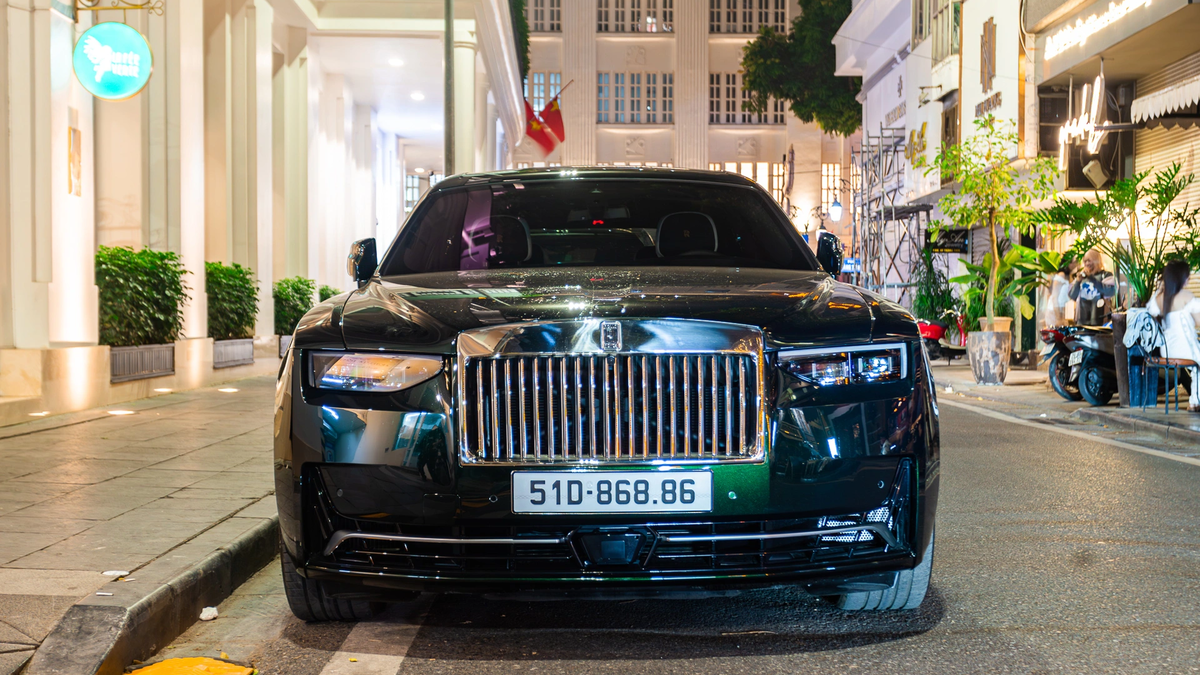

![[Photo] Prime Minister Pham Minh Chinh meets with representatives of outstanding teachers](https://vphoto.vietnam.vn/thumb/1200x675/vietnam/resource/IMAGE/2025/11/15/1763215934276_dsc-0578-jpg.webp)
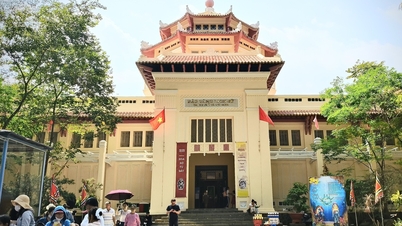



















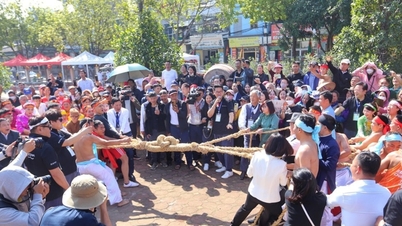






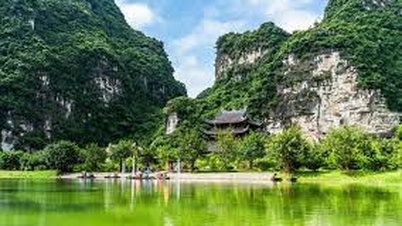


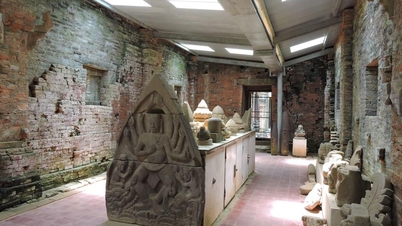
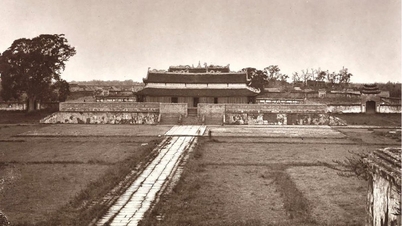

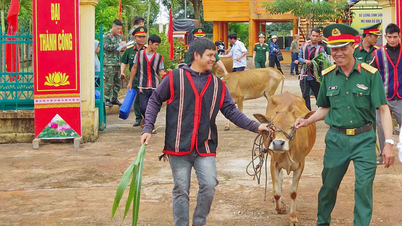






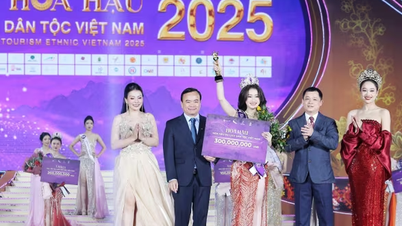
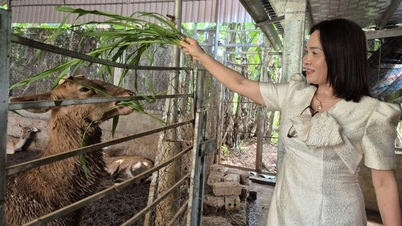















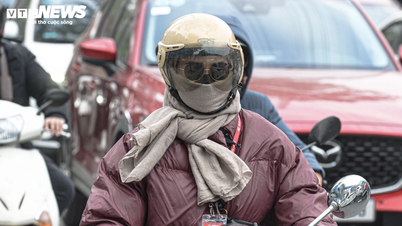










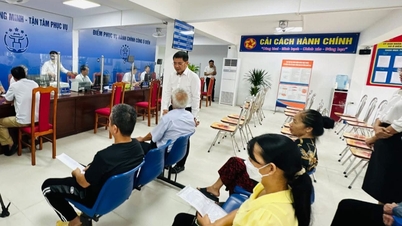






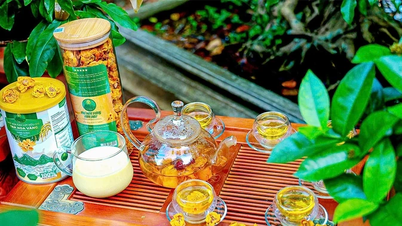
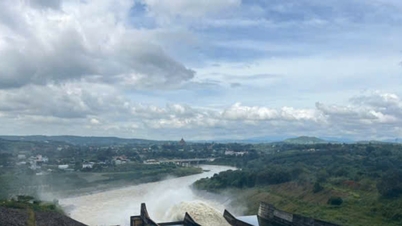





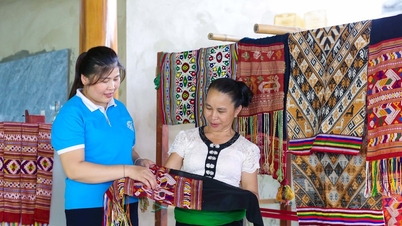














Comment (0)